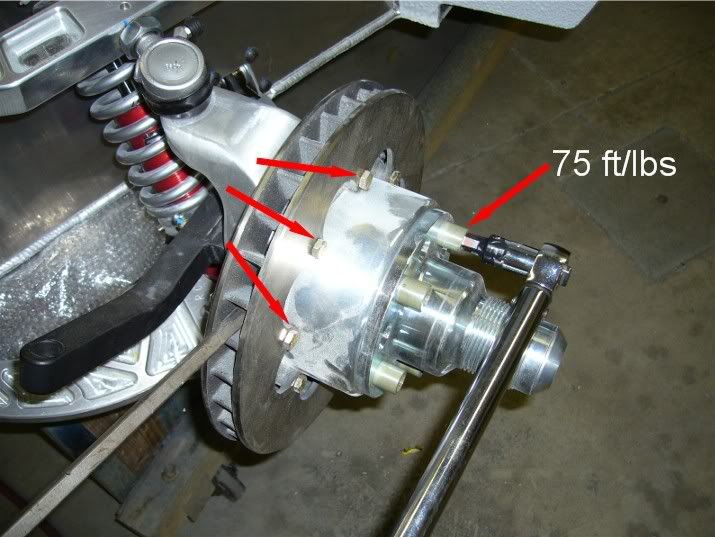Bill,
I had the same exact problem, except it occurred while just moving the car around for some work. The motor wasn't even cranked. Pulled it and the bearing had seperated from the housing. Don't know if it was a bolt or poor manufacturing. Showed it to my Corvette parts guy who builds and sells Corvette parts. He never heard of this happening. Be sure to use NAPA/GM replacement parts. They are garanteeded. Check with the parts guys.
Bill
I had the same exact problem, except it occurred while just moving the car around for some work. The motor wasn't even cranked. Pulled it and the bearing had seperated from the housing. Don't know if it was a bolt or poor manufacturing. Showed it to my Corvette parts guy who builds and sells Corvette parts. He never heard of this happening. Be sure to use NAPA/GM replacement parts. They are garanteeded. Check with the parts guys.
Bill







